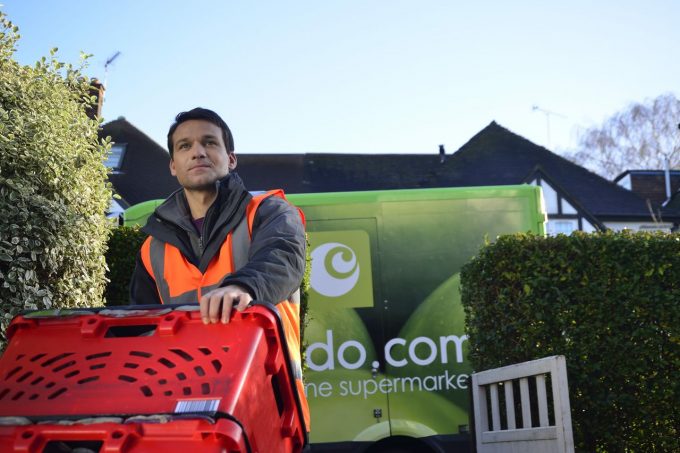Chinese e-commerce imports also feeding US fentanyl crisis, claim
Concerns are mounting among US legislators that surging Chinese e-commerce imports are feeding the fentanyl ...

Ocado divides opinion within households – and it is no different for market investors.
In one corner, bulls believe its truly unique mix of business features – transport and logistics, tech and retail – could justify almost any stock valuation, and could even make it a palatable takeover target.
In the other corner, bears paint the picture of a business that is economically unsustainable, given the heavy capital requirements that supply chains actually need – where transport and logistics, tech and retail ...
Asia-USEC shippers to lose 42% capacity in a surge of blanked sailings
USTR fees will lead to 'complete destabilisation' of container shipping alliances
Outlook for container shipping 'more uncertain now than at the onset of Covid'
New USTR port fees threaten shipping and global supply chains, says Cosco
Transpac container service closures mount
DHL Express suspends non-de minimis B2C parcels to US consumers
Zim ordered to pay Samsung $3.7m for 'wrongful' D&D charges
Flexport lawsuit an 'undifferentiated mass of gibberish', claims Freightmate
Cancelled voyages take the sting out of spot rate declines this week
Uncertainty over US tariffs sparks interest in bonded warehouses for imports
Shippers warned: don't under-value US exports to avoid tariffs – 'CBP will catch you'
Blanked sailings in response to falling demand 'just a stop-gap solution'


Comment on this article